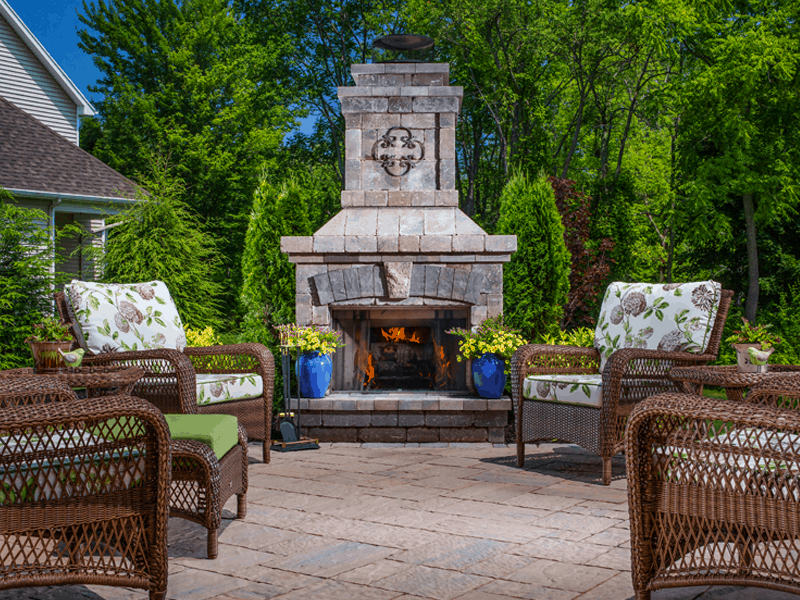
Transforming Spaces: The Art of Landscaping
Introduction (75 words): Landscaping is an artistic endeavor that combines nature and design to transform outdoor spaces into captivating and functional environments. Beyond mere aesthetics, landscaping offers numerous benefits, ranging from enhancing property value to promoting environmental sustainability. This article explores the art of landscaping, highlighting its unique aspects and discussing how it can create a harmonious relationship between humans and their surroundings.
- The Creative Canvas of Nature (100 words): Landscaping begins with an understanding and appreciation of nature’s inherent beauty. The landscape designer’s task is to harness and enhance these natural elements, such as terrain, vegetation, and water features, to create an engaging and captivating space. By thoughtfully selecting and arranging plants, flowers, and trees, the landscaper can evoke different moods and atmospheres, be it a tranquil oasis or a vibrant gathering space. The canvas of nature provides endless possibilities, allowing for the creation of unique and tailored landscapes that reflect the vision and desires of the property owner.
- The Art of Functional Design (100 words): Beyond aesthetics, landscaping is also a discipline that merges creativity with functionality. Expert landscapers carefully consider how a space will be utilized and design features accordingly. This may involve creating paths, patios, or seating areas that optimize the flow and usability of the outdoor space. Smart landscaping can also address practical concerns, such as erosion control, drainage, and privacy. By integrating these elements seamlessly, landscaping adds value to a property by transforming it into an inviting and livable space that harmonizes with its surroundings.
- Sustainable Landscaping: A Greener Future (100 words): In an era of increasing environmental awareness, sustainable landscaping has gained significant importance. This approach aims to minimize the environmental impact of landscaping practices while maximizing resource efficiency. Sustainable landscaping techniques may include the use of native plants, which require less water and maintenance, as well as incorporating permeable surfaces to reduce water runoff. Additionally, integrating renewable energy sources like solar-powered lighting can further enhance the sustainability of a landscape. By embracing these eco-friendly practices, landscaping not only beautifies spaces but also contributes to the larger goal of creating a greener and more sustainable future.
- The Emotional and Psychological Impact (100 words): Landscaping has a profound impact on our well-being, influencing our emotional and psychological states. Studies have shown that exposure to natural environments and green spaces can reduce stress, improve mood, and enhance cognitive function. Landscapes designed with elements such as calming water features, fragrant flowers, and shaded areas can create a serene and therapeutic atmosphere. By incorporating elements that resonate with our senses and evoke positive emotions, landscaping has the power to transform spaces into personal sanctuaries, allowing us to reconnect with nature and find solace in our outdoor surroundings.
Conclusion (25 words): Landscaping is an art form that blends nature, design, and functionality. Through creative and sustainable approaches, it has the potential to elevate our outdoor spaces and enrich our lives.
